Revisiting a 1958 Map of Space Mysteries
What have we learned about the cosmos over the past 60 years?
A year after Sputnik launched into space, in 1957, speculation was sizzling. Surely, humans would be up there before too long, which in turn would finally put us in a position to answer our many, many questions about the universe.
In 1958, the American Oil Company (AMOCO) released a pictorial map outlining some of the most bedeviling space-related puzzles of the age, and predicting what might happen when space explorers were able to get a closer look.
Some of these questions were tied up pretty quickly. A decade after the map’s cartographer, Rudy de Reyna, mused about whether humans would orbit or land on the Moon, we did both. The Apollo 8 crew flew within 69 miles of the Moon’s rutted surface on Christmas Eve, 1968. (A Soviet craft had orbited within 1,240 miles the previous year, but it wasn’t crewed. Instead, it carried tortoises, flies, mealworms, and bacteria; a mannequin was strapped in, too, as a low-maintenance proxy for a human passenger.) The following year, on the Apollo 11 mission, Neil Armstrong became the first person to bound across the lunar landscape.
Asked and answered.
But the rest of the questions on de Reyna’s map aren’t so neatly resolved. Sixty years later, Atlas Obscura checked in with space experts to weigh in on which have been cracked, and what continues to confound. Use the zoom tool below to take a closer look.
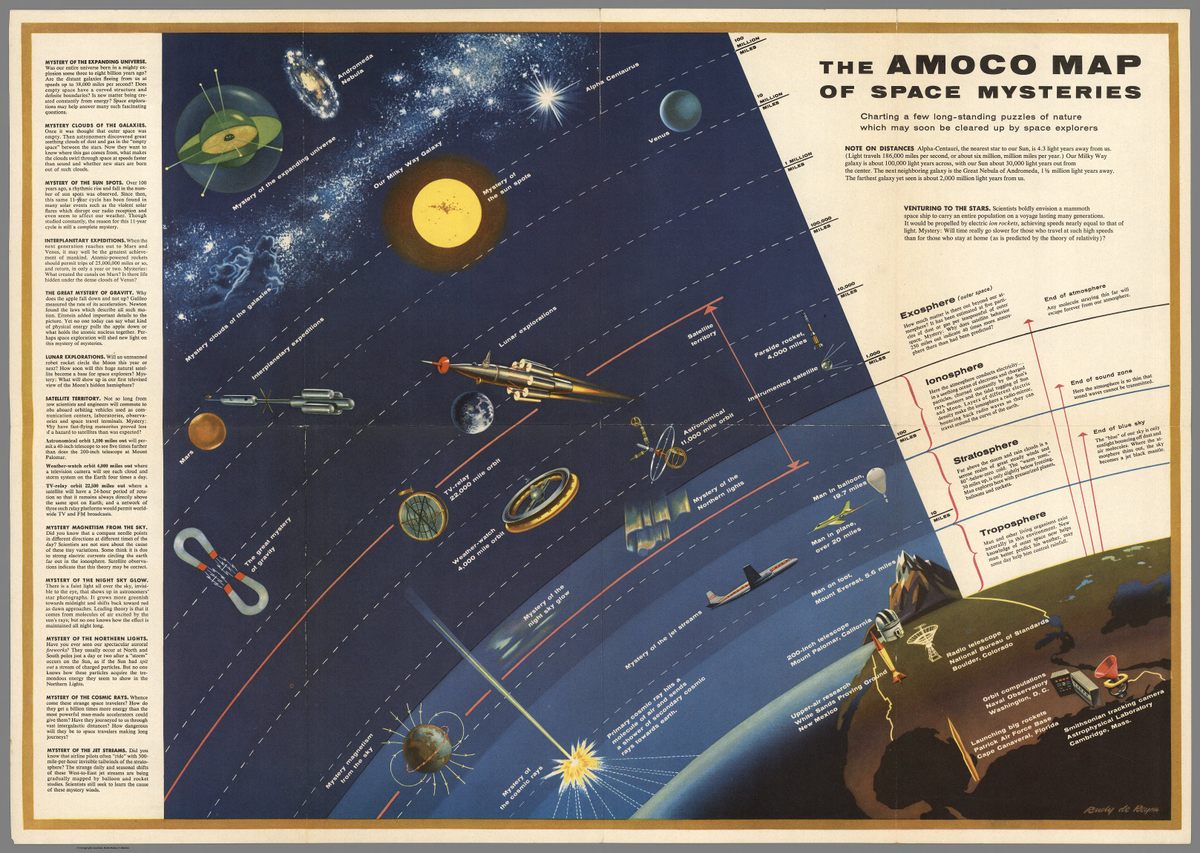
Mystery of the Expanding Universe
1958 Question: “Was our universe born in a mighty explosion some three to eight billion years ago?”
2018 Answer: There was probably a bang—but it likely happened much earlier.
To gauge the age of the universe as a whole, scientists have often started with the age of the stuff inside it—specifically, early stars gathered in dense arrangements known as globular clusters. “Just like archaeologists use fossils to reconstruct the history of the Earth, astronomers use globular clusters to reconstruct the history of the galaxy,” as Andrea Kunder, a professor of physics at St. Martin’s University, explained to Space.com last year. Globular clusters can help establish one threshold—the youngest the universe could be—but they don’t necessarily help us crack that upper limit.
The team behind NASA’s Wilkinson Microwave Anisotropy Probe (WMAP), which began in 2001 with the aim of filling in more details about the universe’s earliest days, analyzed measurements of cosmic microwave background radiation (that is, the Big Bang’s afterglow), plus data about composition and the rate at which the universe is expanding. Their best guess: The universe was probably born around 13.77 billion years ago.

Mystery Clouds of the Galaxies
1958 Question: “What’s going on in the space between stars?”
2018 Answer: Quite a lot.
By the 1950s, scientists had realized that space wasn’t a mostly empty frontier punctuated by the occasional planet. “They had mapped out the distribution of atomic gas throughout the Milky Way,” but focused mostly on atomic gases, says Mark Heyer, an astronomer at the University of Massachusetts Amherst who studies galactic gases.
Then, in 1970, scientists from Bell Telephone Laboratories detected carbon monoxide molecules in space and gained new insight into the places where, as Chemical Engineering News put it at the time, “thin chemical soups are giving birth to new stars.” When the astronomers observed these clouds of molecular gas, Heyer says, “they could see… that’s the reservoir from which new stars are formed.”
“The physics of molecular clouds is really the physics of star formation,” Heyer adds, and bigger, more-sensitive telescopes are giving astronomers an ever-closer look. Multi-telescope arrays and hulking, single-dish instruments in Chile, Mexico, Spain, and Japan, for instance, allow scientists to peer at small features such as discs around newborn stars, or survey thousands of positions in the sky at once. “You can start making big maps or surveys of the galaxy much more efficiently,” Heyer says.
The map describes “seething” clouds of gas, and they are indeed swirling spots. Inside, particles move many times faster than the speed of sound. The churning motion affects star formation, “which then drives the evolution of galaxies—how they might appear in a billion years, or 10 billion years,” Heyer says.
But what’s driving all that churning? Supersonic turbulence dissipates over several million years—which sounds like a while until you remember that these clouds have a lifespan of up to 30 million years. Some energy source is keeping things moving. It could be a combination of radiation, rotation, and more, but the precise mechanism, Heyer says, “is still a big unanswered question.”

Mystery of the Sunspots
1958 Question: “Why do sunspots have an 11-year cycle?”
2018 Answer: They relate to the Sun’s magnetic field—but questions remain.
The Sun’s magnetic poles tend to flip roughly every 11 years, for a 22-year cycle. Dark, splotchy sunspots tend to crop up in response to intense magnetic activity, and are a barometer of sorts for just how feisty a given cycle is. They tend to freckle our star just before a cycle rolls over. Lately, though, things have been calmer than usual, and it’s not entirely clear why. Plus, our bright neighbor can be unpredictable, as Alexei Pevtsov, an astronomer at the National Solar Observatory in Boulder, recently told Scientific American: “There’s an element of randomness.”

Mystery of Interplanetary Expeditions
1958 Question: “What created the canals on Mars? Is there life hidden under the dense clouds of Venus?”
2018 Answer: It’s complicated.
In the late 19th and early 20th centuries, as humans were digging a lot of canals on Earth, some astronomers insisted that they observed similar features on Mars—right down to mules hauling boats around the planet’s waterways. Later research, including images captured aboard Mariner 4, in 1965, disputed the presence of these arteries, and eventually dismissed them. Early observers may have been confused by an optical illusion, misled by smears of dust, or simply seeing what they hoped to find.
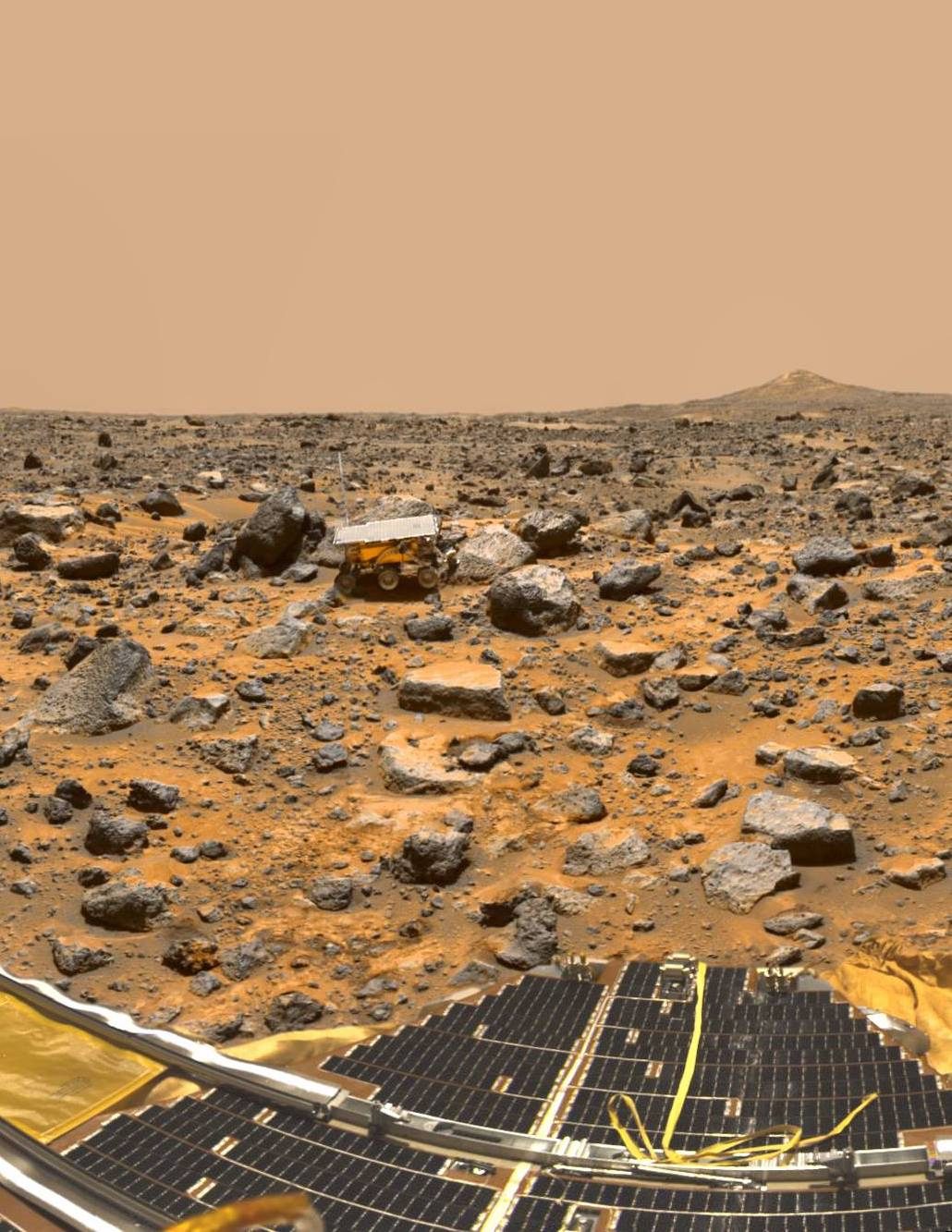
As for Venus, before astronomers got a close-up look at that planet, imaginations ran wild. Scientists and comic-book artists alike surmised that there could be vast deserts, oceans, or rainforests underneath the planet’s thick cloud cover. Then, in 1962, a few years after the AMOCO map was created, the space probe Mariner 2 flew 21,607 miles from Venus and collected measurements indicating that the clouds were cool and the ground was scorching. Today, we know that the planet has pressure akin to our oceans’ deepest depths, and temperatures that would reduce metals to puddles.
But, for decades, some scientists have suggested that lifeforms could have eked out an existence on the planet during a long period of past habitability, and that bacteria could still be living somewhere in the clouds. Carl Sagan first proposed this idea in 1967. Last April, researchers led by Sanjay Limaye, of University of Wisconsin–Madison’s Space Science and Engineering Center, suggested in Astrobiology that Venus may once have been covered with water, long-since evaporated, and that microbes from that vanished body might be able to survive as “splotches” high up in the clouds, similar to how some microorganisms on Earth flourish in highly acidic environments by consuming carbon dioxide. “To really know, we need to go there and sample the clouds,” co-author Rakesh Mogul, a professor of biological chemistry at California State Polytechnic University, Pomona, told Popular Mechanics. “Venus could be an exciting new chapter in astrobiology exploration.”
Mystery of Gravity
1958 Question: “Why do things fall down, not up, and will that be different in space?”
2018 Answer: Meet “microgravity.”
Certainly, scientists knew a lot about gravity by the 1950s. As the map’s authors point out, there was a trove of information from Galileo, Newton, and Einstein. We had a good handle on how things worked on Earth, at least. Gravity is pulling on you in all directions, at all times. It’s not really a matter of “down” or “up,” but of mass. More-massive objects have a stronger gravitational pull, which is why—even though you’re exerting a gravitational force, too—you’ll lose out to Earth every time.
But what happens in space? Astronauts would soon figure it out. In 1972, one mission team even tested these theories out on the moon, dropping a hammer and a falcon feather onto the lunar surface. Space is not a gravity-free zone: According to NASA, a small amount of gravity exists across space, though it’s weaker over greater distances. Gravity is also key to orbits.
The term “zero gravity” is admittedly a misnomer. NASA uses the term “microgravity” instead, to refer to the weightlessness that crews experience in orbit. But that only happens because they’re moving. “If there was a super tall tower reaching into space, they wouldn’t float around,” the physicist Rhett Allain wrote for Wired earlier this year. “The ‘weightless’ environment is caused by the orbital motion of the people inside a spacecraft or space station.”
Gravity does exist outside a spacecraft. So, if you happen to find yourself on the Moon, which is much less massive than our planet and roughly a quarter of its size, prance around and enjoy higher-flying leaps!

Mystery of Satellite Territory
1958 Question: “Why aren’t meteoroids smashing into more of the stuff we’ve sent up into space?”
2018 Answer: There aren’t that many of them, in the grand scheme of space.
By the end of the 1950s, two man-made satellites had been launched into Earth’s orbit (the Soviet Union launched Sputnik in 1957, and the U.S. dispatched Explorer 1 the following year). The AMOCO map’s authors wondered why they weren’t constantly getting dinged by dust and meteoroids. After all, to lay observers looking skyward from Earth, it often appears that there are zillions of things streaking around. These days, of course, there are many more satellites orbiting Earth. As of April 2018, the Union of Concerned Scientists was tracking 1,886 of them. So why aren’t they constantly getting smacked with stuff?
Satellite tracker Marco Langbroek explains that meteoroids aren’t too threatening because, across space, the density of this dust is pretty low, even at the peak of a major meteor shower.
Consider the Perseids, one of the most dazzling meteor showers of the year. During this shower, only one meteoroid passes through a one-kilometer square plane of atmosphere every 32 hours, Langbroek explains. Outside of those periods, that number is much lower, he adds—more like one meteoroid per square kilometer every 10 or 15 days. We only see streams of meteors on any given night because we can survey millions of square kilometers of atmosphere. “Satellites by contrast, have a small surface and hence are very small sample areas,” says Langbroek.
Think of it in terms of driving your car through a desert. Say there’s not a whole lot flying around—maybe a single mosquito per square kilometer every 10 days. “The chance that you will squash a mosquito on your windshield, while not zero, is then nevertheless very low, even if you drive there for years at a time,” Langbroek says.
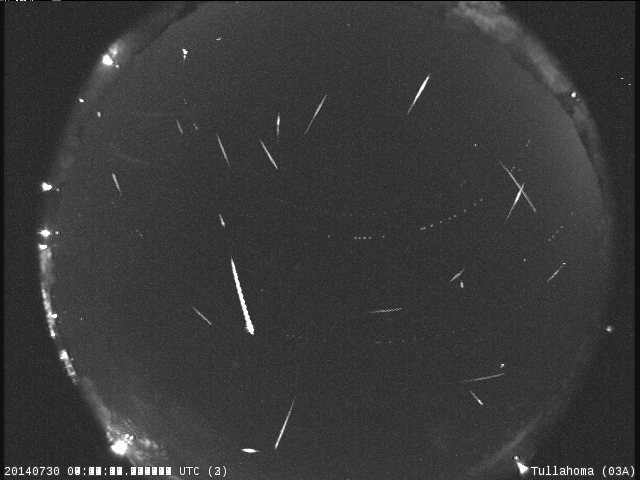
Even if a meteoroid does make impact, many of them are very small, and satellites are designed to withstand those. That means that collateral is rare, even when collisions do occur. “Even during the very strong peaks of the Leonid meteor shower during the late 1990s, when the parent comet was passing Earth, and Earth passed through relatively very dense particle trails with visible hourly rates of meteors briefly reaching thousands per hour, there were no fatal impacts on satellites,” Langbroek says.
The bigger threats to satellites are dust-ups with other satellites and collisions with space junk, those decommissioned satellites, fragments of rockets, and other hefty cast-offs that are clogging up low-Earth orbit. “With a growing number of launches, and growing number of debris-generating events in space (e.g. exploding old rocket stages), the risk will increase,” Langbroek notes. That’s a recipe for a bit of a bumper-car scenario.
Mystery of Magnetism
1958 Question: “Why does a compass needle point in different directions throughout the day?”
2018 Answer: Something’s wrong with your compass.
Magnets inside a compass compel the needle to respond to Earth’s magnetic field. The tools will point you in the direction of magnetic north—roughly in the direction of the geographic North Pole, but not quite square on it.
For years, magnetic north fell on Ellesmere Island, part of the Arctic archipelago in Northern Canada. Recently, researchers have suggested that magnetic north is slowly migrating, and some of them have wondered whether we’re in for a flip. Polar reversals have happened throughout Earth’s long life—usually over the course of thousands of years, though sometimes apparently much faster. In any event, the switcheroo isn’t happening over a single day. If your compass is spinning wildly, it may be drawn to magnetic materials nearby—or it could just be busted.
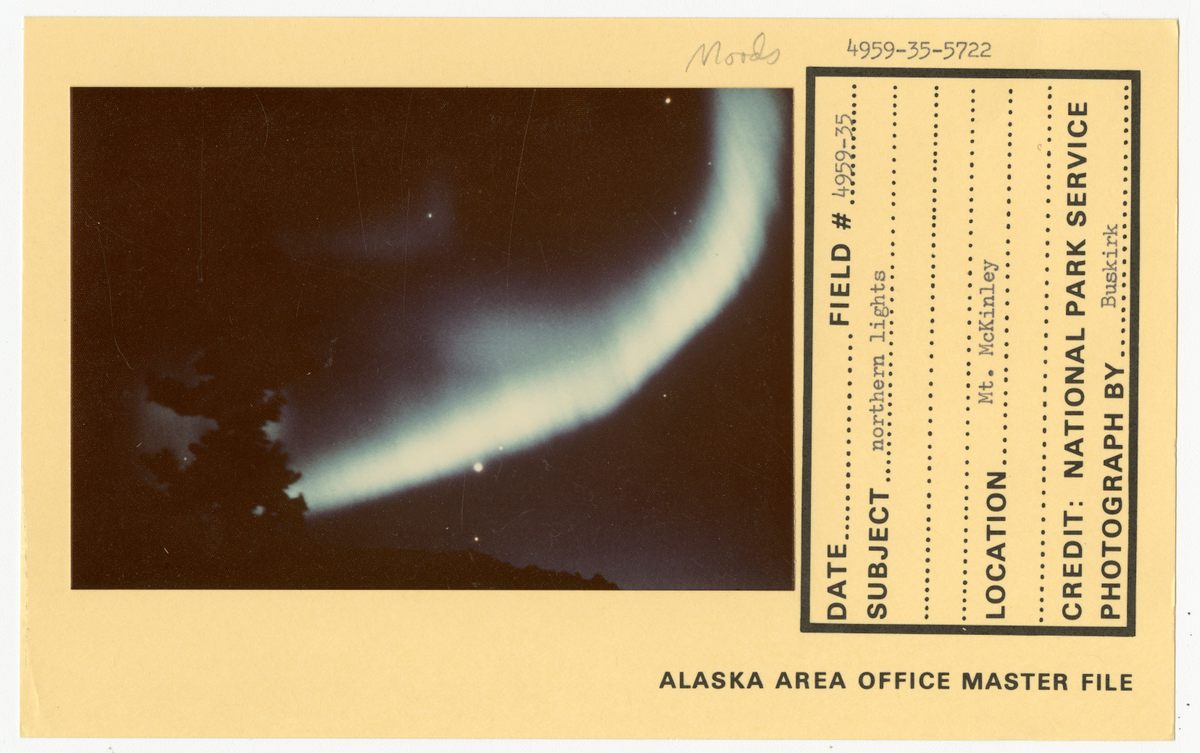
Mystery of the Northern Lights
1958 Question: “What causes the ‘auroral fireworks?’”
2018 Answer: Particles on the move.
The AMOCO map’s authors reported that bands of green, blue, and yellow—and, sometimes, rose and amethyst—wave in the sky over Earth’s North and South Poles “a day or two after a ‘storm’ on the Sun,” almost as if “the Sun had spit out” a “stream” of them.
That’s partly true. The colorful bands of the Northern Lights are related to the plasma particles that blast off from the Sun’s surface through solar flares and beeline toward Earth’s magnetic field. The eerie glow tends to be green or a golden yellow when the particles encounter oxygen, and red, violet, or blue when they collide with nitrogen. While the borealis thrashes most magnificently when the sunspots are busiest, it doesn’t disappear when they subside. Your best chance to see them dance is from a northern outpost on a crisp, cloudless winter night.

Mystery of the Night Sky Glow
1958 Question: “What’s up with the faint light in the dark sky?”
2018 Answer: We’re not sure.
Have you met Steve? He’s been around for years, but was mostly overlooked in scientific circles until July 2016, when a group of citizen scientists in northern Canada spotted a narrow band of purple light shooting straight up into the sky above them. They were befuddled and enchanted by their neighbor, gave it an affable moniker, and started nudging researchers to take it seriously. It looked a bit different from the Northern Lights—unlike those wide bands, Steve was narrow and nearly vertical—but the observers figured it might be related.
New research, published this week, suggests otherwise. Writing in Geophysical Research Letters, researchers from the University of Calgary concluded that whatever Steve is, he’s not an aurora—he doesn’t have the same charged particles that the Northern Lights do. For now, he falls under the umbrella category of sky glow. “We know very little about it,” said lead author Bea Gallardo-Lacourt, a space physicist at the University of Calgary, in a statement. “And that’s the cool thing.”
Mystery of the Cosmic Rays
1958 Question: “Where do these ‘strange space travelers’ come from?”
2018 Answer: Still a little unclear.
We know that cosmic rays are parts of atoms, and that they arrive from outside our solar system—but we still don’t know exactly where they originate. In 2017, a team of researchers working at the Pierre Auger Observatory, in Chile, determined that the particles travel from somewhere beyond the Milky Way. That leaves many cosmic stones unturned, but “we are now considerably closer to solving the mystery of where and how these extraordinary particles are created, a question of great interest to astrophysicists,” said team member Karl-Heinz Kampert, a professor at the University of Wuppertal in Germany, in a statement.
Even if their origin is a little murky, here on Earth, cosmic rays have also been recruited to do some detective work. Take muon particles, for instance. They form when cosmic rays enter the atmosphere; when they fall to Earth, they behave in consistent, predictable ways. Muons lose steam when they barrel through dense objects—so, by tracking them, researchers can estimate an object’s density. One team tried this last year, with a novel, non-invasive way of visualizing voids inside the Great Pyramid of Giza. A similar imaging project is underway in Florence, Italy, where a team hopes to discover whether Il Duomo’s cracking cupolas were shored up with any iron reinforcements.
Mystery of the Jet Streams
1958 Question: “What causes these ‘mystery winds?’”
2018 Answer: A temperature gradient—and other things.
The AMOCO map’s authors were baffled by what they described as the “300-mile-per-hour invisible tailwinds of the stratosphere.” Some of its mechanisms are pretty easy to describe: “The jet streams in the atmosphere are a straightforward, natural result of the meridional (that is, equator-to-pole) temperature gradient in the earth’s atmosphere,” as James Partin, science and operations officer at the Marine Prediction Center, told Scientific American. Earth’s atmosphere is a many-layered sandwich, and scientists now know that the jet streams exist under the tropopause (the part between the troposphere and the stratosphere). The jet streams’ maximum velocity occurs during the winter, when there’s an especially large discrepancy between the temperatures at the equator and the poles.
A newer mystery, though, is why the jet stream sometimes clogs up. In a phenomenon called “blocking,” the stream sometimes wanders; when this happens, weather systems can’t budge eastward. Earlier this year, atmospheric scientists at the University of Chicago began to crack the case, and noticed that the equations they were landing on echoed ones that engineers had used to look at traffic jams. Like a congested asphalt artery, “blockages” in the jet stream occur when something—say, a mountain or coast—is in the way. The researchers say that their model, which was published in Science, could help predict future weather patterns.
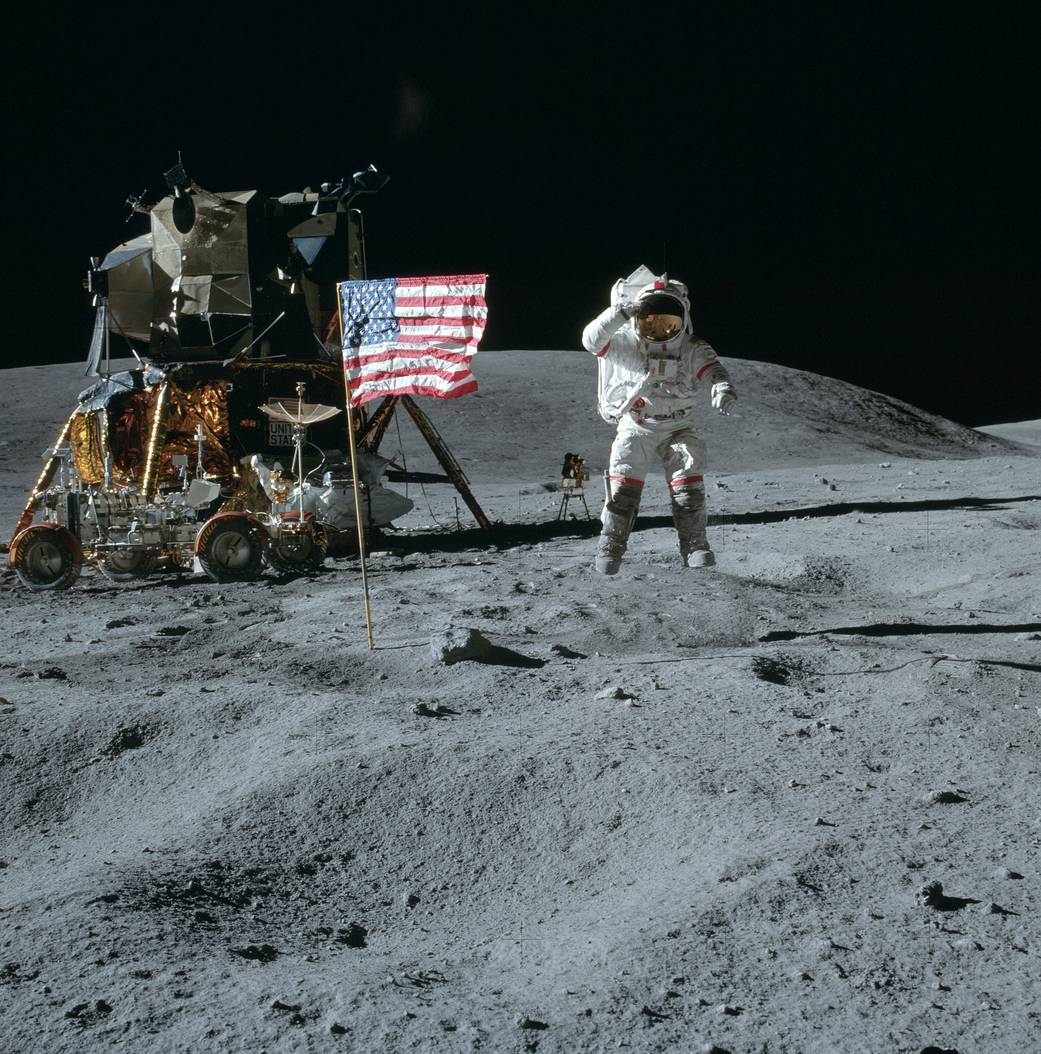
Mystery of Lunar Expeditions
1958 Question: “Will humans orbit and land on the Moon? And can we set up camp there?”
2018 Answer: We sure did, and probably!
One mystery solved, one to go.
We’re not quite there yet, but a settlement is on the horizon, explains Colin Stuart, a fellow of the Royal Astronomical Society and author of the new book, How to Live in Space: Everything You Need to Know for the Not-So-Distant Future. “I find it really unlikely that we will get to the end of this century and there isn’t some form of semi-permanent human presence on the moon,” Stuart says.
As far as cosmic habitats go, the Moon “is relatively safe—as safe as space can get,” Stuart adds. There’s no communications delay to speak of—a radio signal can bounce to Earth within about two seconds—and if you need to return home, you can arrive within three days.
The European Space Agency (ESA) has set a target of establishing some type of Moon colony by the 2030s, and scientists have already begun prospecting for the right patch of lunar real estate and noodling over designs. The satellite’s south pole is a frontrunner for location. While the Moon’s tilt plunges much of it into long periods of darkness punctuated by weeks of light, this spot receives consistent sunlight, which could be harnessed for energy; it’s also got plenty of water, in the form of ice.
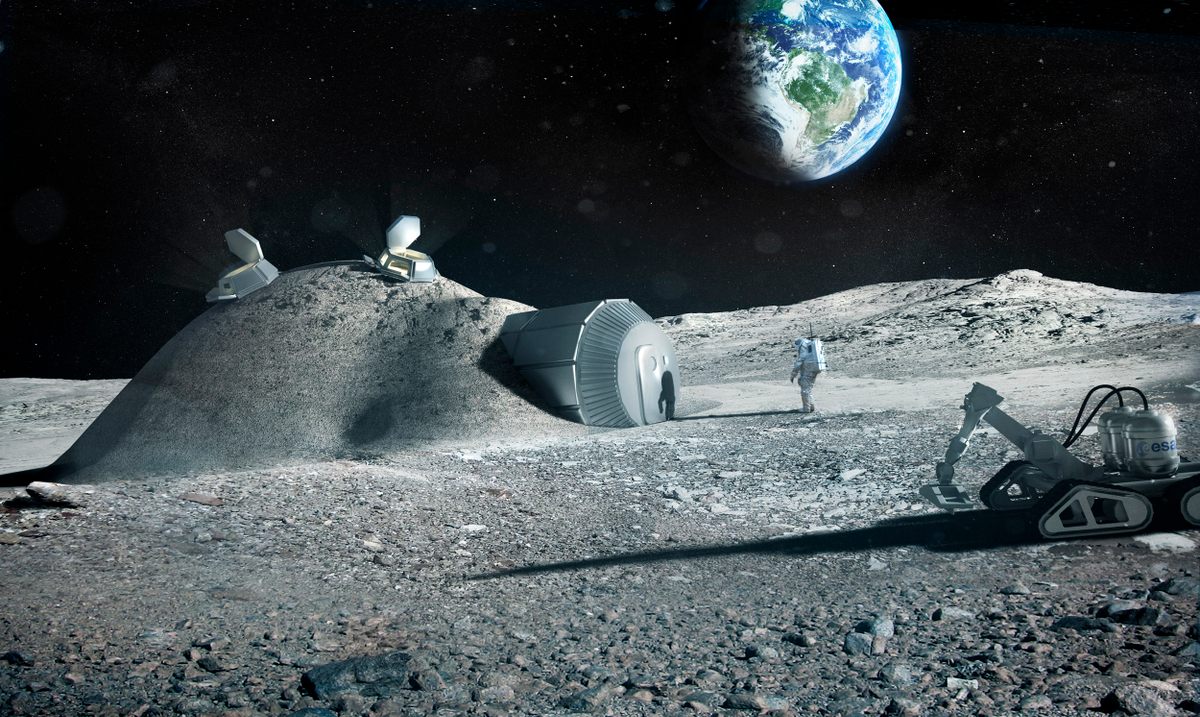
ESA recruited the architecture firm Foster + Partners to sketch some habitat prototypes. They look a bit like a hybrid of sand castle and igloo, and may rely on 3D printing and heaps of lunar soil to block radiation from the sun and exploding stars. “When astronauts went to the Moon, they were just blind lucky that they didn’t get hit with a solar flare or something,” Stuart says. “On a 10-day hop to the Moon, you got pretty good odds of dodging such a thing. If you’re talking about a base where people are going to spend months, you’ve got to make sure your radiation protection is up to scratch.” Building the homes up in space, and relying partly on materials that are already there, would slash fuel costs that would otherwise be required to haul supplies. Astronauts have already successfully 3D-printed tools aboard the International Space Station (ISS)—but full-on construction is much more complicated.
Another hurdle: the uncertain emotional toll. From the ISS, homesick astronauts can look out the window and glimpse our turf in pretty remarkable detail. Not so on the Moon. “If you’re on the Moon, you can see the Earth, but it’s pretty small, and you know you’re days from getting back,” Stuart says. “We would have to deal with isolation in a way we haven’t yet in space.” Despite simulations in light-starved, cold, and isolated Antarctic environments, possible emotional fallout remains a bit of a wildcard. Astronauts on Apollo 8 described “vast…awe-inspiring” loneliness, and Stuart suggests that future mission teams might send a psychologist along, or rely on an AI interface to help soothe tensions or ennui. “The rest is engineering,” Stuart says. “We have a good history of overcoming engineering problems if we throw enough brainpower at it.”
So how we will navigate our messy, complicated inner lives so far from familiar terrain? That’s one of the greatest mysteries of all—and we won’t know until we get there, gazing out at the planet we currently call home.




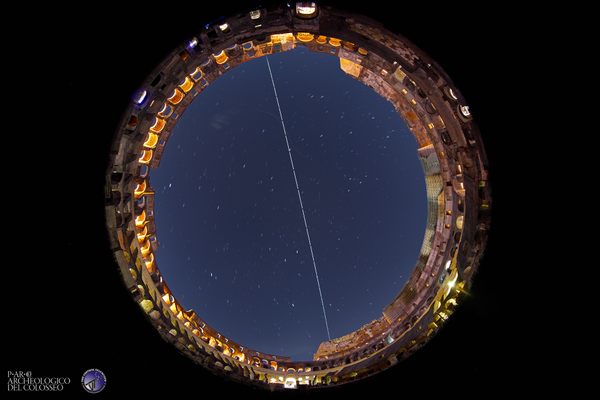


















Follow us on Twitter to get the latest on the world's hidden wonders.
Like us on Facebook to get the latest on the world's hidden wonders.
Follow us on Twitter Like us on Facebook